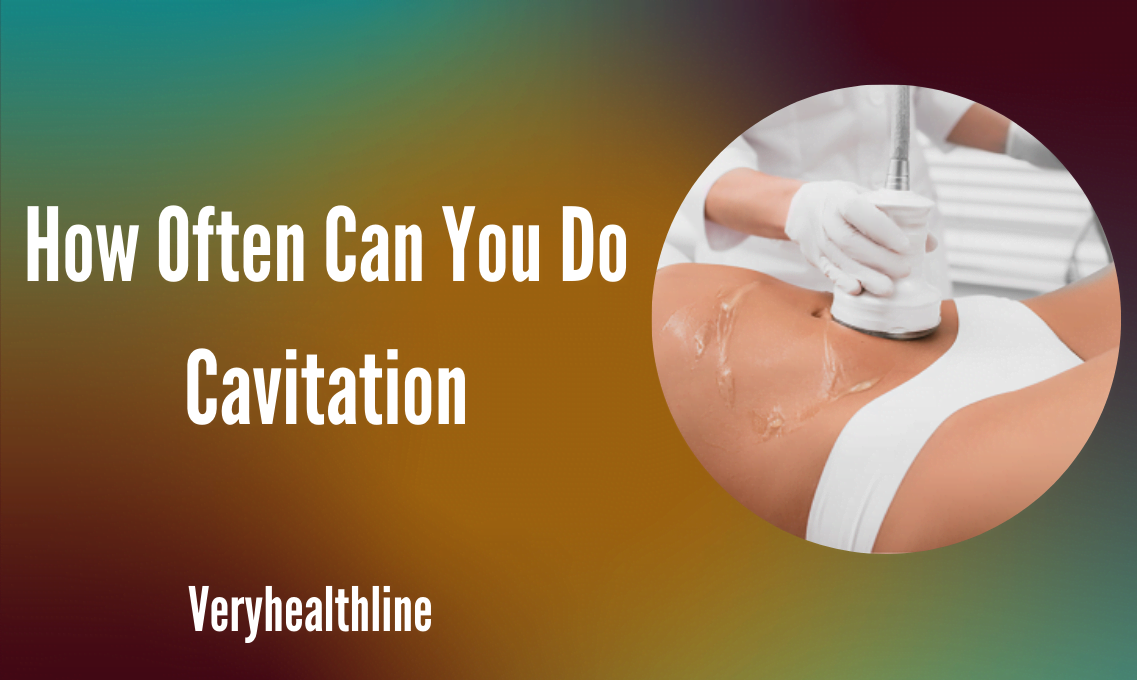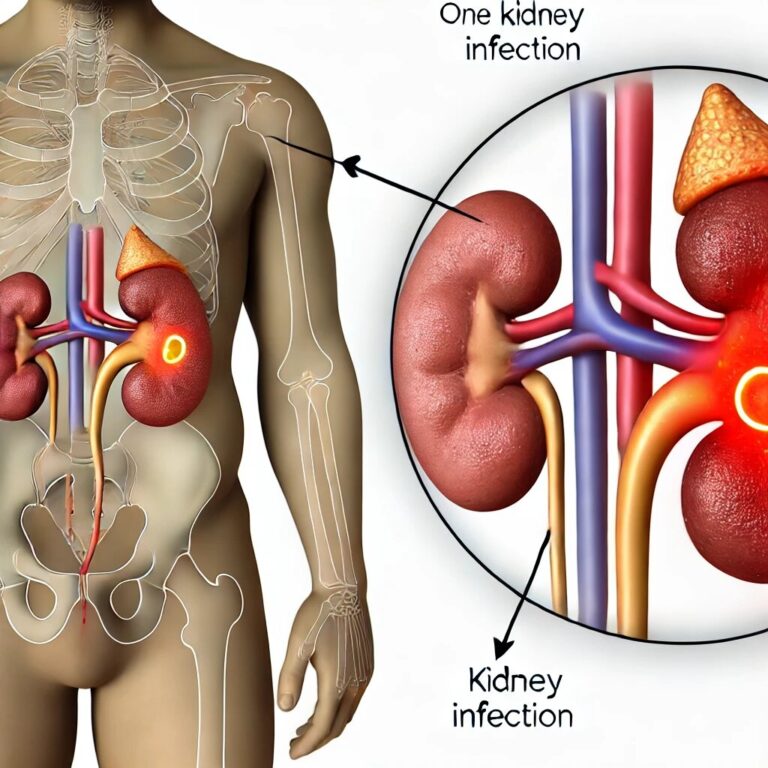How Often Can You Do Cavitation for Maximum Fat Loss?

Cavitation is a non-invasive body sculpting technique that uses high-power ultrasound to target cellulite and fat reduction. It’s one of the best technologies in the beauty and wellness industry for skin tightening and cellulite removal.
A typical course of treatment involves 6-12 sessions, depending on your individual goals, body type, and the area being treated. It’s important to allow for a minimum of 1 full day between sessions, though many people find that a one-day gap isn’t enough for optimal recovery and prefer a maximum of 15 days between treatments.
For most people, twice a week provides faster results without compromising the effects of the ultrasonic treatments. However, if you’re very busy, spreading the sessions over longer intervals can be equally effective, though it may take a bit more time for the results to appear.
The maximum intensity and frequency of your cavitation treatments should be tailored to your individual needs, with many cosmetic clinics recommending a minimum recovery period to ensure the best outcomes.
What Is Ultrasonic Cavitation?
Ultrasonic cavitation is a popular non-invasive treatment that uses low-frequency ultrasound waves to target subcutaneous fat deposits. This aesthetic procedure is often used for body shaping and cellulite reduction, helping people achieve a slimmer figure without the need for invasive procedures like liposuction.
The process works by causing the emulsification of fat cells, which are then naturally cleared through the vascular and lymphatic systems. By using ultrasound and RF technology, this cutting-edge method helps to break down unwanted fat, reduce inches, and tighten the skin.
It’s scientifically proven to contour both the face and body, refining the lines while giving a more toned appearance. The heat generated during the treatment also stimulates collagen production, which further enhances the tightening and contouring effects, making it a go-to option for those seeking non-surgical body contouring.
Also Read: Shocking Truth: Can Ultrasonic Cavitation Trigger Blood Clots?
Cavitation treatment every day
It’s important to give your skin time to recover between cavitation sessions. While it might seem tempting to have treatments every day, it’s best to leave at least one day between sessions.
Doing cavitation daily could be a waste of time and money, especially if you’re using a low-power or low-end machine. For the best results, most people achieve success with 6-12 sessions spaced out properly, allowing the maximum intensity to be used safely. Even at low intensities, daily treatments aren’t recommended, as the body needs time to fully process the effects.
Is Once a Month or Less for Cavitation Treatment Enough?
Having a cavitation treatment once a month or less can provide some improvement in cellulite reduction and skin tightening, but it’s not ideal for long-term results. While it might suit clients at clinics that charge per session, it’s often seen as an absolute joke for those seeking significant changes.
Like going to the gym for muscle growth, regular treatments are needed to maintain progress. Most clinics recommend a schedule of 1-4 sessions every 3-15 days for the best results. A more regular approach, with multiple treatments, helps achieve and maintain the full benefits of cavitation over time.
The Course of Ultrasonic Cavitation Machine Treatment
The course of an ultrasonic cavitation machine treatment refers to a recommended strategy that involves a series of sessions over a scheduled period. Typically, this treatment cycle is designed to maximize the effectiveness of the machine’s use.
It is generally understood that multiple phases are necessary for the best results. Depending on individual needs, the number of sessions and the scheduling may vary, but the overall goal remains to improve the treatment’s long-term benefits. This structured approach helps to ensure lasting improvements.
Use Cycle for Different People

The use cycle of cavitation varies based on each individual’s physical condition and treatment goals. Factors such as how the body responds to the treatment and specific goals help determine the optimal cycle. It’s important to tailor the plan to achieve the best results for each person.
- Physical Condition: An individual’s physical condition greatly impacts how often they can use an
- ultrasonic cavitation machine. Factors such as overall health, body composition, skin elasticity, and any underlying medical conditions or medications influence the course of treatment. Larger fat deposits may require more sessions, while smaller areas need fewer to achieve the desired res
ults. - Treatment Goals: Treatment goals vary for different people using an ultrasonic cavitation machine. Some seek overall body contouring, while others focus on specific areas like the abdomen, thighs, or arms. The severity of fat deposits and the desired level of cellulite reduction greatly influence the number of treatments needed to achieve results.
- Response to Treatment: Each individual responds differently to ultrasonic cavitation treatments. Some people see apparent results after just a few sessions, while others need several to notice changes. Factors such as fat metabolism, body detoxification processes, and lifestyle patterns all influence the response. It’s important to assess progress on a regular basis to determine the best use cycle.
What is the Recommended Duration for a Single Cavitation Session?
The benefits of cavitation can be achieved in a single treatment session that typically lasts between 30 and 45 minutes. The exact length may vary based on the treatment area, such as the abdomen, buttocks, love handles, or upper arms.
It’s paramount not to exceed the recommended duration, as the machine heats the skin to break fat cells, and overexposure can be unsafe. Shorter sessions are better suited for smaller problematic sections of excess fat, ensuring a crucial balance for safely targeting adipose tissue in specific body parts.
What is the Optimal Interval Between Two Cavitation Sessions?
For optimal results, it’s vital to give your body enough recovery time between ultrasonic cavitation treatments. This allows your skin to heal and the lymphatic system to process mobilized fat cells and toxins.
Most doctors recommend a seven-day interval between two sessions on the same area, although different body parts can be treated in a shorter span. Knowing how often cavitation is needed ensures your body can adequately process the effects of this non-surgical procedure for the best outcome.
Can I Do Cavitation Everyday?
While cavitation is a non-invasive procedure, doing it every day is not recommended. Your body needs ample time to process and expel disturbed fat cells.
If done too frequently, these fat cells can redistribute in the body, counteracting the desired effect of localized reduction. Repeated sessions over a short period may lead to overexposure to ultrasonic waves, which can cause skin irritation, burns, and other complications. A balanced timetable is essential to achieve optimal results and avoid unnecessary risks from excessive treatments.
How Long is the Recovery Time After Each Cavitation Session?
One of the primary attractions of ultrasonic cavitation is the lack of downtime. The procedure is quick, with no need for anesthesia or incisions, allowing clients to return to their daily routines immediately.
However, your body still needs time to metabolize and expel disrupted fat cells and toxins. While there’s no strict post-operative recovery, the body’s metabolism continues working for a few days after each session. This makes the recovery process seamless, but it’s important to give your body time to adjust between sessions.
How Long Does It Take to See Results From Cavitation?
The treatment duration for cavitation can vary, and it’s essential to understand that seeing results depends on multiple factors. While some notice changes after the first treatment, more intensive fat reduction usually requires about 5 to 10 sessions.
Factors such as the areas of the body, metabolism rate, and the number of fat cells affected all influence the timeline. Each patient’s experience can vary, so having patience is vital. It’s important to consider this process carefully and not expect immediate results.
Conclusion
Cavitation is an excellent non-invasive option to reshape the body by reducing cellulite and adiposity in targeted areas. How often you can do it depends on various factors, including the area treated, your individual metabolic rate, and lifestyle habits.
It’s essential to consult a trained professional for personalized advice. Pairing the treatment with healthy choices like regular exercise, a balanced diet, and ample hydration will help maximize the effectiveness of this slimming technology.
FAQS:
Can I do cavitation every 2 days?
Your body requires three days to eliminate fat and toxins after each treatment. The treatment intervals should reflect this, meaning at least three days must pass between each session. For most clients, I recommend a minimum of six to ten fat cavitation treatments for the best results.
How often can I do cavitation on my stomach?
For the stomach, we recommend one session per week, with 3 to 12 sessions depending on the individual’s desired results. Immediate changes may be noticeable after the first treatment.
Is 10 minutes of cavitation enough?
A protracted amount of time is needed to provide sufficient stimulation and effect change in the tissues. The best treatment duration for high-quality cavitation is typically 15 to 40 minutes per side or area, making 10 minutes insufficient.
How long do cavitation results last?
Results are gradual over a number of weeks as the body clears broken-down fatty tissues. These results can be long-lasting if you maintain a healthy diet and regular exercise program. However, it’s easy to deposit fat again if one overeats, consumes too much alcohol, or doesn’t exercise.





